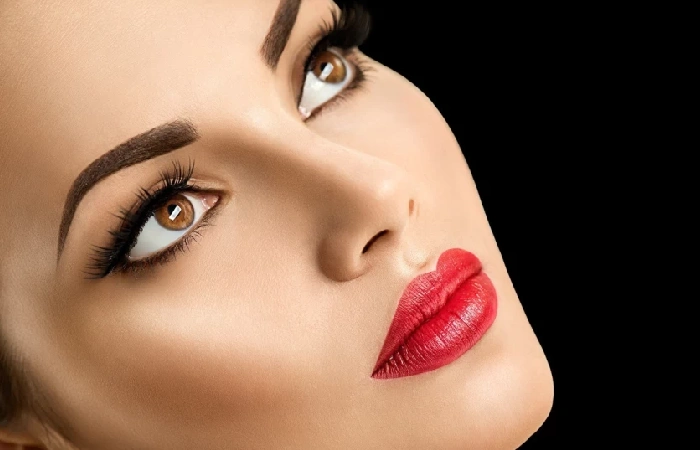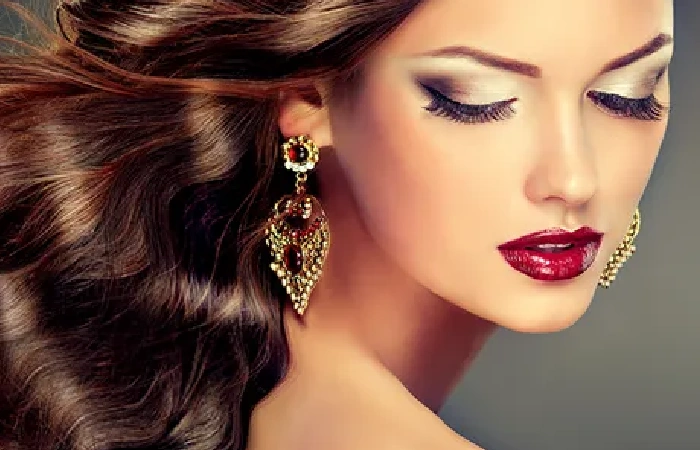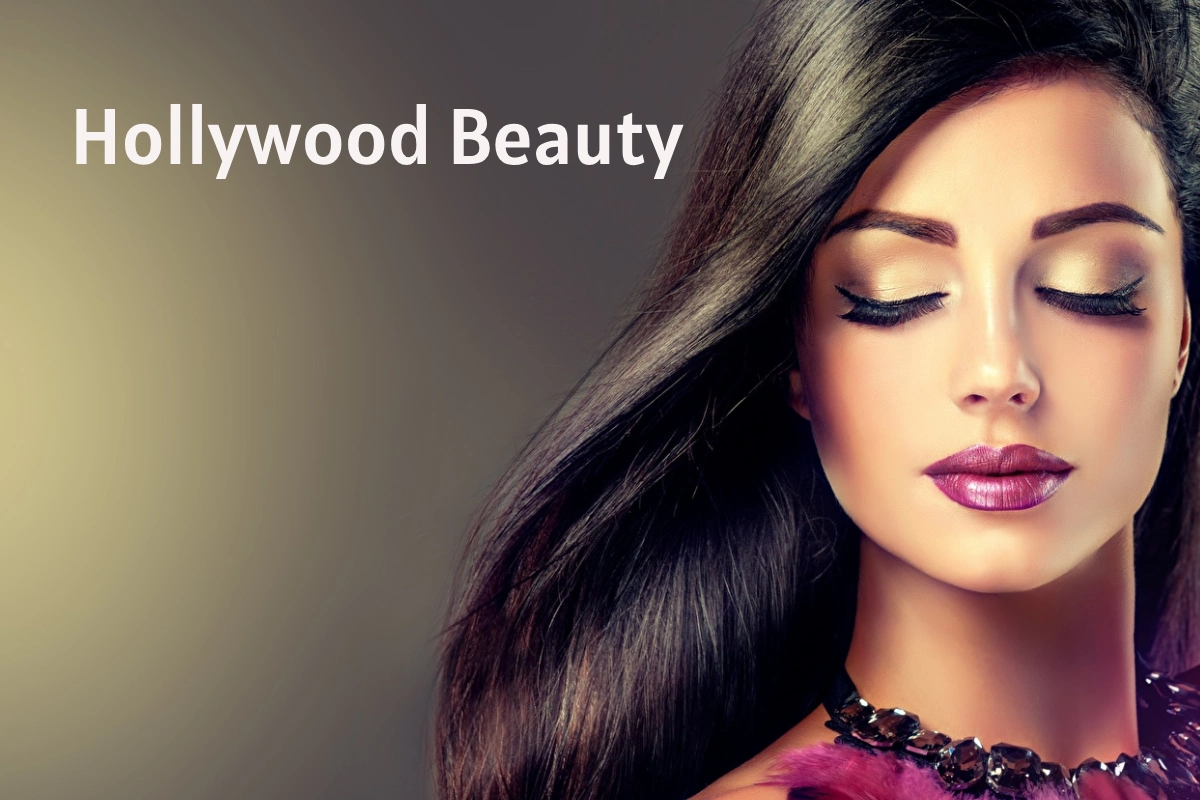Table of Contents
Hollywood Beauty Salon
Hollywood Beauty, Portrays life in an intimate beauty salon within the Germantown Recovery Community, a nonprofit mental health centre in Northwest Philadelphia where staff and clients are in recovery. By coming together to get their hair done, share stories, and support each other, they find a way to rebuild their lives. The documentary, which was in the works at the Salon for four years, is also part of the recovery process, with the film’s subjects playing an active role in shaping their narratives and determining their unique individual styles.
Drawing on dozens of taped interviews representing many conflicting opinions, Davis can construct an initially confusing but ultimately complex picture of the naïve young Texan who made her first film in 1939 at fifteen. The Hollywood darling of the 1940s, she is best remembered for her role in FOREVER AMBER (1947).
Davis’s Underlying Question Is Why A Sweet

An accommodating girl should have become a demanding, self-centered alcoholic. Instead, it shows how the typical American dream of Hollywood beauty stardom during the Depression came true too soon for her. Her life was never hers. She remained first dominated by her foul-mouthed, hard-drinking mother and then by Darryl Zanuck and other studio heads.
Davis sees Darnell’s early penchant for heavy drinking and verbal rudeness (echoes of her mother) as a means of asserting her personality in the face of many pressures. In the 1950s, just as she was achieving a degree of independence, Hollywood itself was in crisis, and work was scarce. Her awareness that her most significant asset, her extraordinary Beauty, remained beginning to fade and that as long as she was a competent actress, she would never remains a great actress hastened her decline into alcoholism. Another source of unhappiness was her inability to have children; she had unsatisfactory relationships with her three husbands and her adopted daughter.
The Author Points Out A Final Tragic Irony: Hollywood Beauty
In the hospital after being rescued from a fire at a friend’s house, this beautiful woman remained so cruelly disfigured that her adopted daughter did not dare hold her hand before she died.
Are The Beauties Good in Hollywood?
Physically attractive people remained often viewed more favorably than unattractive people in dimensions that are weakly or unrelated to physical appearances, such as intelligence, sociability, and morality. Our study investigated the role of American movies in this “beautiful and good” stereotype. In Study 1, we recognized that attractive characters remained portrayed more favorably than unattractive characters on multiple dimensions (for example, intelligence and friendship) across a random sample of 5 decades of top-grossing movies.
Beauty And Positive Characteristics Were Stable Across Periods
The character’s gender and The centrality of the characters in the plot. Study 2 found that exposure to highly stereotypical movies can provoke stronger stereotypes of Beauty and goodness. Participants watching a highly prejudiced film subsequently showed more favoritism toward an attractive graduate school candidate (compared to the ratings of an unattractive candidate) than participants who watched a less emotional movie. The quality of these films is entirely next to the point since they remained only obliged to express my worldview loyally: punish the wicked, reward attractiveness, and have as little to do with reality as possible.
Appearance May Not Be Everything
But an excellent physical appearance usually works for one. Such is the conclusion of a quarter century of research on physical attractiveness effects. Do the media encourage or reinforce the pervasiveness of
Stereotypes Linking Beauty and Positive Traits

Far of the work on the stereotype of Beauty and goodness remained provoked reports of K. K. Dion, Berscheid, and Walster (1972), who originate that [what is beautiful remains good] in the eyes of many observers. In a variety of studies carried out since that time, good physical appearance has stood found to elicit many favorable reactions. Perhaps not surprisingly, People see physically attractive individuals as the most desirable romantic partners (Suman & Kuroshio, 1988). Also, beautiful people are judged less likely to commit criminal acts (Saladin, Saper, & Breen, 1988), and attractive defendants are more likely to receive leniency decisions in mock trials (Castellaw, Wunsch, & Moore, 1990), beautiful babies are rated more favorably
Then The Less Attractive (Karaka & Stern, 1990),
Handsome boys remain more socially and academically capable than the less physically attractive (Keneally, Frude, and Shaw, 1988). Elementary school children prefer beautiful teachers to unattractive teachers (Hunsberger & Cavanagh, 1988). Perhaps more alarming, mock juries recommend harsher punishments for defendants who have raped an attractive woman than those who raped an unattractive woman (Kaneka & Nazareth, 1988). The bias toward the physically attractive can also help explain why researchers have found in several studies unsuitable companions (Frieze, Olson, & Russell, 1991; Rozzell,
Kennedy and Grabby, 1990; Humberston and Hughes, 1987). Although some fundamental differences (beyond appearance itself) exist between physically attractive and physically less attractive individuals, these fundamental differences are few and relatively weak compared to the strength of people’s stereotypical beliefs. A meta-analysis of studies of Feingold’s (1992) correlates of attractiveness indicated There are no notable relationships between physical Beauty and essential personality traits” (p. 333) or between attractiveness.

